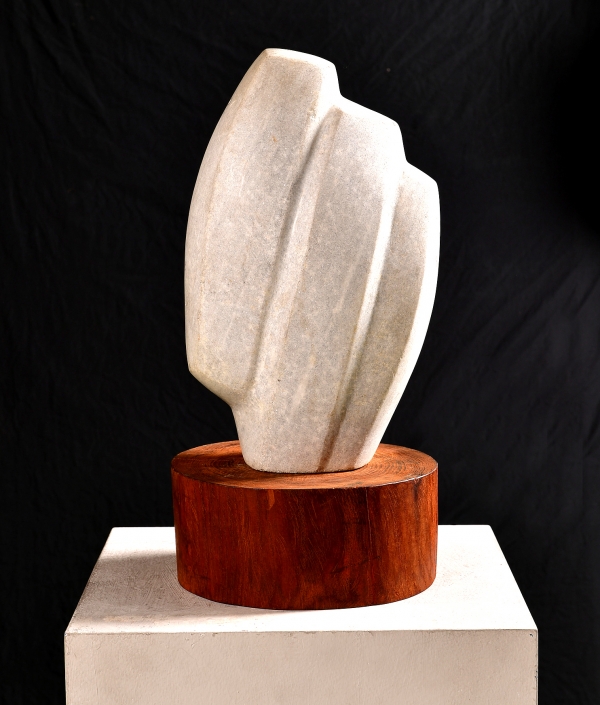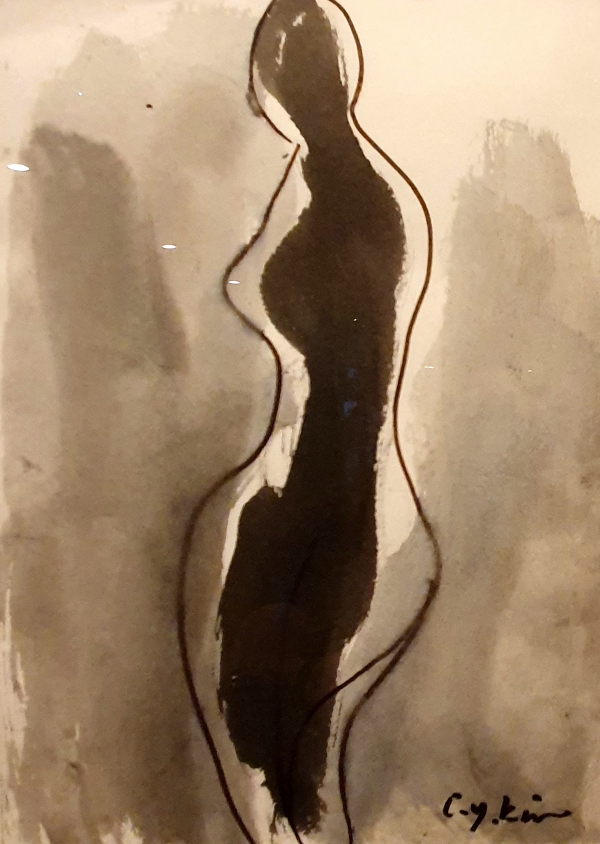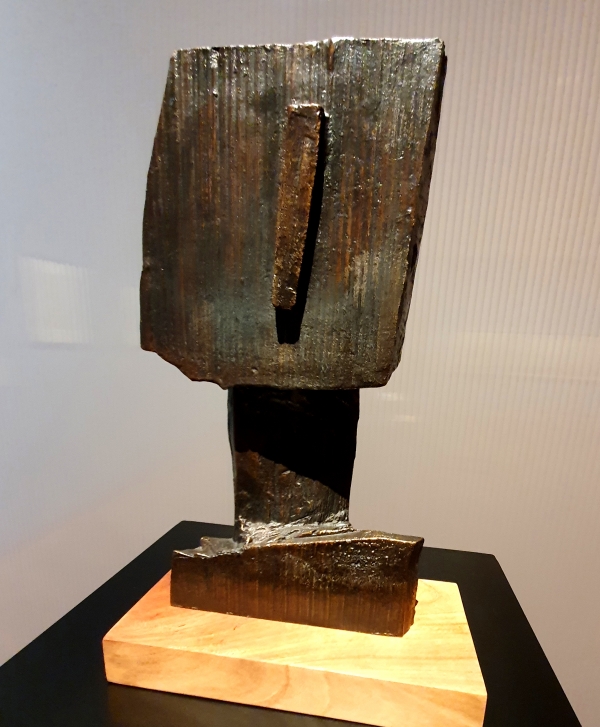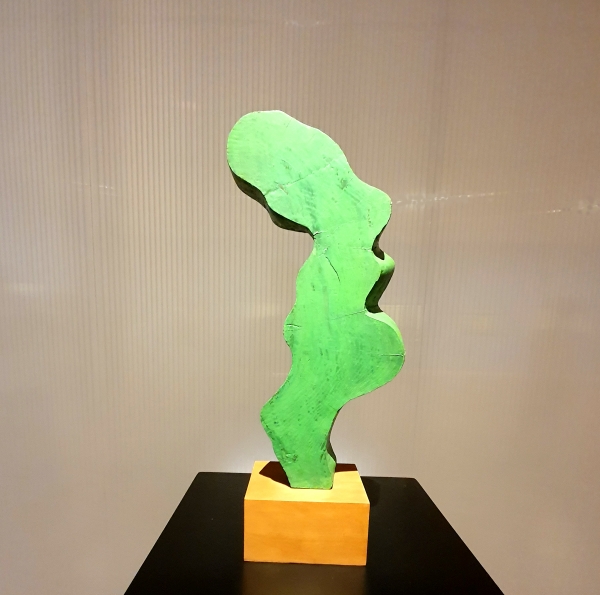Kim Chong-young and Changwon

Daegu Museum of Art.
◆ This article was written for foreigners in Daegu and citizens of all countries around the world who are interested in Korean Art. (이 기사는 대구 주재 외국인 및 한국 미술에 관심 있는 세계 모든 국가의 국민들을 위하여 작성한 것입니다.)
Kim Chong-yung(김종영: 1915-1982, Changwon )
"I am creating a work.
Making Beautiful Artwork -
I don't want to have this idea.
Expressions are simple contents are abundant.”
Kim Chong-yung, Beautiful Things, 『Towards Transcendence and Creation』, Yeolhwadang, 1983, p.33

Kim Chong-young is a master of sculpture that grafts tradition and modernity, the East and the West to form an independent modern sculpture of Korea. As a child, he was skilled in calligraphy due to the influence of a family close to Chinese studies and showed talent in painting.

Reporter Kim Young-chang
The pen name is Woosung. Born on June 26, 1915 to a wealthy family in Changwon Gyeongsangnamdo, he studied at Hwimun Middle School in Seoul. In 1936, he studied at the Tokyo Art School, majored in sculpture and graduated in 1941 and completed his research course. He interacted with important persons in modern Japanese sculptures such as Tatehada Gakuzo(1919-2006) and Mukai Ryokichi(1918-2010).
When the art department was established at Art College Seoul National University in 1946, he became a professor of sculpture and continued his career until his retirement in 1980.

Kim Chong-young's sculptures sought to find motifs of sculptures in persons, plants, and mountains. He tried to experience the principles of structure and the beauty of space in natural phenomena and explore the formation.

As he entered the 1970s, the concept of "not sculpting" or "not carve off", allows space which is in line with the margins of calligraphy. The beauty of this sense of not carving inevitably demonstrated simplicity and pursued a world based on naturality away from the artificial harmony and balance that created spatial beauty.

In subsequent works, he tried to approach the essential challenge of obtaining absolute spatiality by eliminating unnecessary parts.
He died on December 15 in 1982 at the age of sixty eight.
Work 67-4: 1967, 42×26×19, marble, Lee Kun-hee Collection.
The First Picture
Kim Chong-young is a master of sculpture that grafts tradition and modernity, the East and the West to form an independent modern sculpture of Korea. He was a sculptor who pursued the pure will of sculpture, which shows materials close to natural ecology and Korea's climate and temperament, with the philosophy of "The beauty of the sense of not carving.“ This work was painted during the pursuit of organic and geometric sculptures. During this period, three-dimensional representations of calligraphy or pure abstract works were carried out that revealed the original form of nature.


